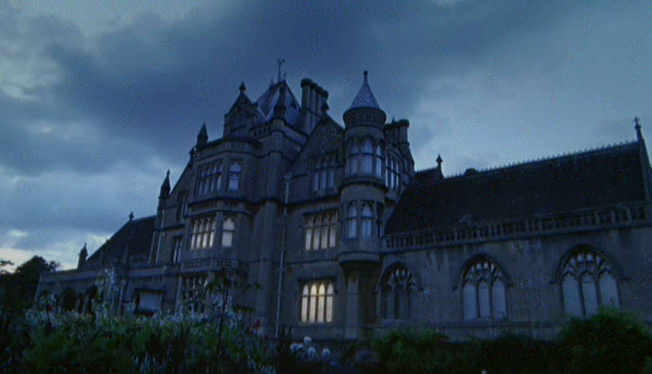How Jane Eyre Uses Gothic Tropes
In literature, Gothic tropes enrich storytelling with mystery, emotion, and depth. “Jane Eyre,” a classic novel by Charlotte Brontë, masterfully incorporates elements of Gothic fiction, creating an atmosphere that captivates readers and invites contemplation on themes of isolation, identity, and morality. Exploring these Gothic tropes helps us appreciate the complexities of the characters and the psychological undertones of the narrative.
The Atmosphere of Isolation
One of the most compelling Gothic elements in “Jane Eyre” is its pervasive sense of isolation. From a young age, Jane experiences profound loneliness, first at Gateshead Hall as a mistreated orphan and later at Thornfield Hall, where she faces emotional distance from both Mr. Rochester and the eerie, secluded estate itself. This isolation underscores her struggle for identity and belonging. The desolate moors surrounding Thornfield serve as a backdrop to Jane’s tumultuous emotions, heightening her sense of entrapment and despair, a hallmark of Gothic literature that invites readers to empathize with her plight.
The Mystery of Thornfield Hall
Thornfield Hall itself emerges as a character in its own right, embodying the classic Gothic mansion filled with secrets. Its dark corridors and hidden rooms create an atmosphere of mystery that intrigues both Jane and the reader. The enigmatic presence of Bertha Mason, locked away in the attic, adds layers of intrigue and horror, reflecting societal anxieties about madness and gender roles. As Jane uncovers the truth about Bertha, the tension escalates, leading to a dramatic revelation that not only propels the plot forward but also opens discussions about oppression and the struggle for independence. This interplay between setting and narrative is a fundamental aspect of Gothic fiction that Brontë expertly weaves into her story.
The Supernatural and Psychological Elements
Gothic fiction often flirts with the supernatural, and “Jane Eyre” is no exception. The novel teases elements of the uncanny, from the ghostly laughter echoing through Thornfield to Jane’s feelings of premonition regarding her relationship with Rochester. These supernatural hints evoke a sense of unease, propelling Jane—and the reader—toward introspection about fate and free will. Additionally, the psychological depth of the characters reveals internal conflicts that mirror the external Gothic tropes, exploring themes of passion, morality, and the search for self. This blend of supernatural and psychological elements creates a rich tapestry of storytelling that transcends mere horror, prompting readers to reflect on their own lives and choices.
In conclusion, “Jane Eyre” stands as a remarkable example of Gothic literature, where isolation, mystery, and psychological depth come together to create a gripping narrative. By examining these tropes, readers gain a deeper understanding of the novel’s enduring relevance and emotional impact. If you’re interested in uncovering more about the intricate layers of “Jane Eyre,” dive into the text or explore related literary critiques to enrich your appreciation of this timeless masterpiece. Happy reading!
